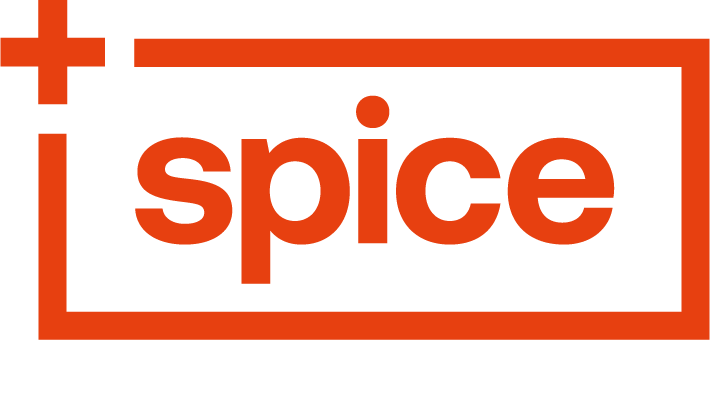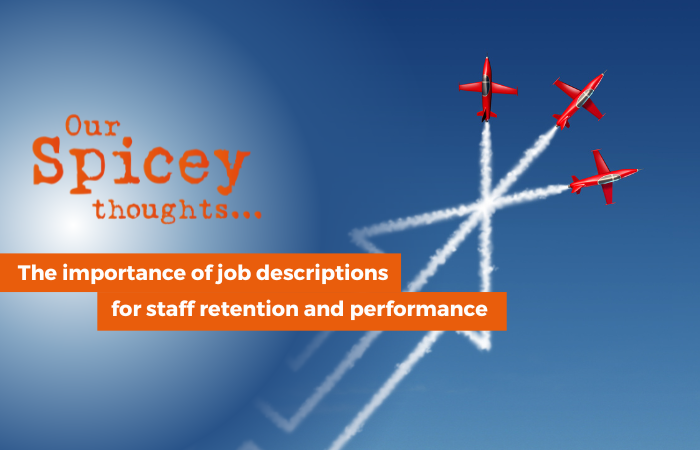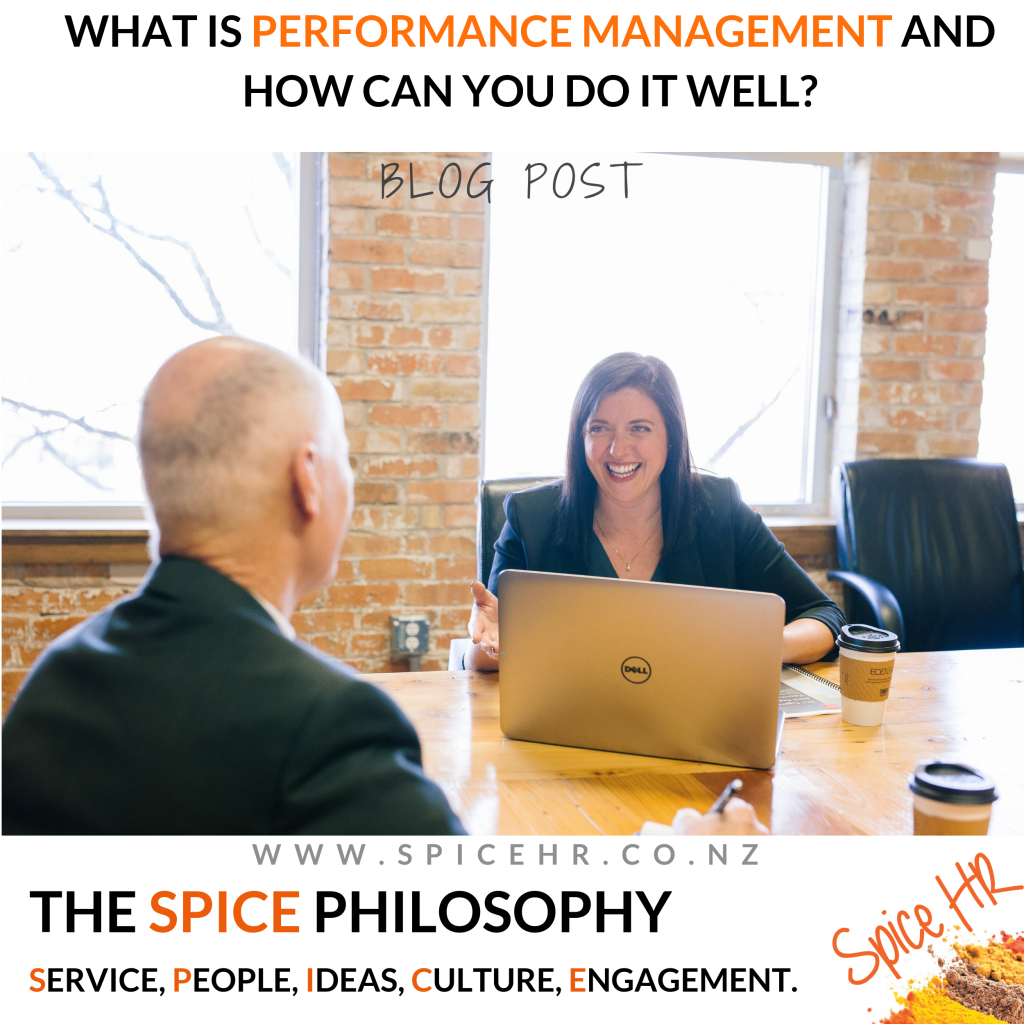
Wouldn’t it be great if you could have insight into who your team members really are?
To understand their behaviours and how you can make them gel as a harmonious team.
Well good news, Extended DISC® can provide you with this information and more.
A form of psychometric testing carried out through a simple self-survey process, you can learn everything you need to create a fantastic working environment as well as establish how new candidates might fit into that dynamic.
Nope, it’s not witchcraft. Such a tool does exist!
Read on to find out more about it.
Extended DISC®: The Secret To A Better Workplace Environment
What Is Extended DISC®?
Extended DISC® personality assessments can help you maximise the performance of your business by giving you a greater understanding of the personalities within your team and how they might work together. Sounds pretty fancy, right?
As Extended DISC® practitioners, we can help you delve into who your people are and how they approach their work. Using a short self-assessment tool, current or potential employees answer a number of questions. The answers to those questions will reveal helpful insight into their unconscious behaviours and the adjusted conscious traits they have in the workplace.
Knowing more about your team’s personalities can help you manage them better and maximise the key skills they possess. DISC profiling can also be helpful as a recruitment tool to give an indication of how someone might fit into your existing team dynamic.
What Does DISC Mean?
DISC is an acronym created by the four primary personality types that the psychometric testing reveals. It stands for:
D – Dominance
When individuals present with the Dominance characteristic, it means that they show assertiveness, competitiveness, and are direct in their communication and decision making. Many D type personalities are results oriented and like to be the ones in charge.
I – Influence
If Influence is the main characteristic of someone’s personality, then they are people oriented, sociable, enthusiastic and persuasive. They love to make social connections in the workplace and often relish collaborative opportunities where they can work with others.
S – Steadiness
Having Steadiness produces individuals who are patient and dependable, preferring stability in their working lives. They tend to be very loyal and trustworthy team players who can listen well and work autonomously. They have a good balance between being task oriented and people oriented.
C – Compliance
If Compliance is the main trait, then people tend to be analytical, logical, and conscientious. That means they like structure and rules! But they are also excellent problem solvers, able to think deeply about challenges and issues that arise.
While most people will have a dominant trait, they will also have signs of the other traits in their working behaviour too. That’s why DISC reports can be so insightful.
Where Can Extended DISC® help?
The Extended DISC® process is really helpful in two main areas of your business:
Recruitment
One of the biggest challenges of recruitment is establishing whether a candidate is going to be a good fit for your existing team. They might have the right skills and experience on paper, but paper doesn’t tell you about their personality. Well, unless that piece of paper is a printout of a DISC report!
By understanding the behaviours of candidates or internal applicants, you can ensure they are placed in the right roles within your company. Set them up to succeed in the role and you will enjoy greater staff retention and better productivity from your whole team.
Ongoing Business
When you understand your team better, you can achieve more. Communication, conflict resolution, development, and workplace culture can all be improved with greater insight into your team’s behaviours. You can even enhance sales and customer service strategies by adapting them to appropriately fit the behaviours of your sales and service teams.
The Benefits Of Using DISC
Better Recruitment
Truly establish who is the best fit for the role by having the Spice Gals link your Job Description to an Extended DISC® Recruitment Report. This can help you to shortlist the right candidates by measuring the values and competencies that are non-negotiable for your business during the recruitment phase.
Couple that with other assessments like skill and cognitive ability testing, along with matching their job-relevant competencies based on their personality traits, and you will position yourself to find the ideal candidate every time.
Better Team Culture
When everyone understands each other better, it helps to create a positive team culture. People feel more valued, so become more invested in their roles and in creating good outcomes for the business. This positivity reduces conflict and creates a better working environment. And when people are happy in their work, they are more productive and give a consistently better performance.
All of this adds up to increased staff retention, better engagement from individuals, and an overall positive team culture.
Better Development
Ongoing development is essential for good business performance. DISC can help you identify the areas of development that are going to be most beneficial for your individual team members.
Not only can you help your team develop better communication and increase their skill and knowledge base with ongoing learning, coaching and leadership development, but you can also boost team dynamics.
Finally, you can be consciously aware of the common stress triggers for each of your team, allowing better leadership development and people management.
Time To Be Better?
Extended DISC® can help your business be better in so many ways. And if you’d like access to this amazing tool, we can bring it to you.
As Extended DISC® Accredited Practitioners, we can use the Extended DISC® system to help with recruitment, personal growth, team building and leadership at your workplace.
We have a number of different DISC reports that can give you the insight we’ve just discussed. So, we’d love to get to know you and your business better so that we can recommend the best option for your organisation.












